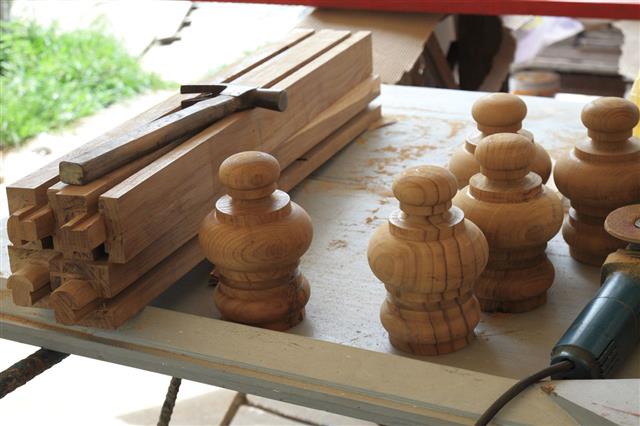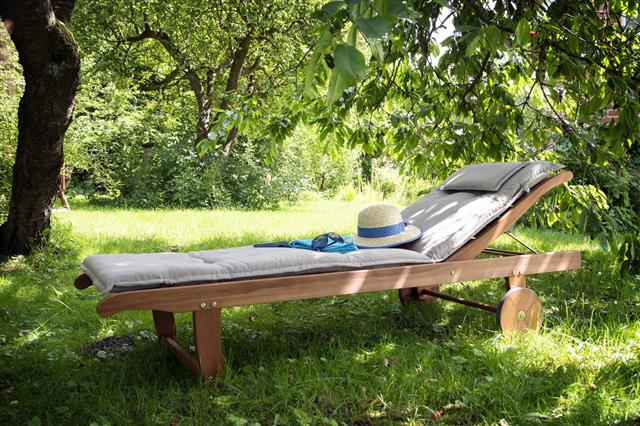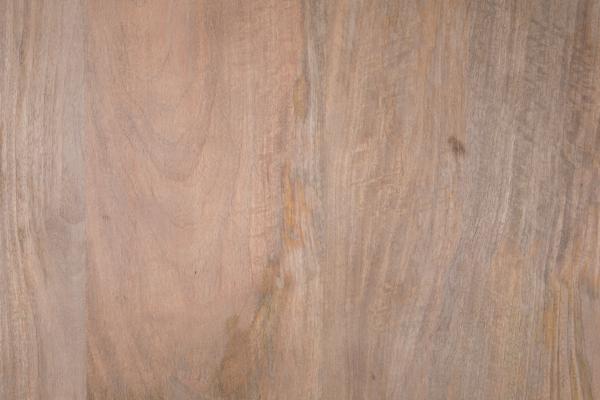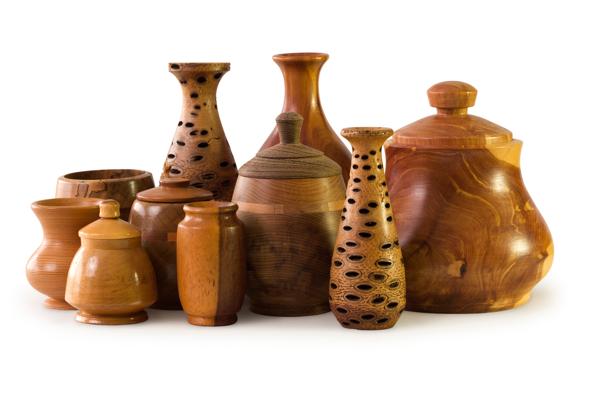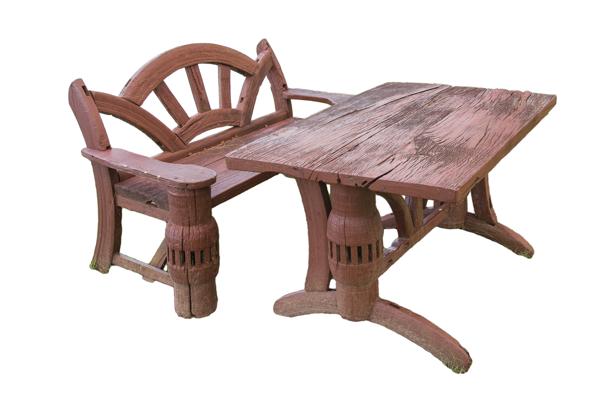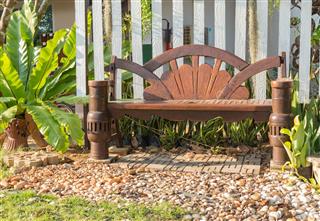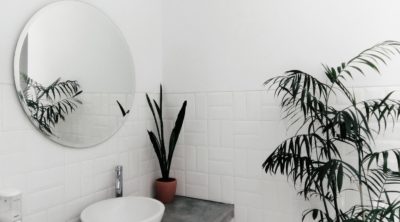
Mango wood is gaining popularity in the western countries these days. DecorDezine discusses what makes this wood so special and how it is used.
Word of Caution
Do not burn mango wood. It emits toxic fumes that can cause severe irritation to the eyes and lungs.
Mango wood is derived from the evergreen mango tree (Mangifera Indica), which is native to the Indian subcontinent. It grows in tropical and subtropical climate and can be particularly found in India, and other countries including Mexico and Brazil. The tree grows up to 60 to 100 feet in height with the trunk size around 5 feet in diameter. This makes it an eligible candidate for harvesting timber.
The mango tree is primarily planted for its succulent, juicy fruits. However, as the tree ages, it stops bearing fruit. At this stage, the old tree is cut down, and a new tree is planted in its place. The wood thus obtained, is used for making furniture and decorative home accessories.
Characteristics
The following characteristics of mango wood make it stand out from the other hardwood varieties.
⥁ Mango wood comes in a variety of colors that range from light brown to dark brown. Some heartwood pieces also have slight shades of pink, light green, and/or dark green. Furniture made from mango wood can thus have a unique finish owing to the variation in colors.
⥁ The wood looks good in its natural form and requires less polishing compared to other types of woods.
⥁ It is a hardwood with densely grained patterns. This enables the wood to incorporate many different colors and tones, making it a preferred choice for making home decorative items such as vases and bowls.
⥁ Despite being hard, the wood is easy to cut and turn. This characteristic is beneficial for creating beautifully carved furniture.
⥁ The sapwood of the mango tree is vulnerable to fungal attacks. However, this characteristic adds to the beauty of the wood. The presence of fungi renders a beautiful black shade to the grain pattern, making the wood look more attractive. However, before processing the wood as timber, it has to be given antifungal treatment.
⥁ Although the wood can be used to make furniture and other items, it is not sturdy enough to be used as a building material.
⥁ The wood is highly resistant to water, thereby making it highly durable.
⥁ It is lighter in weight compared to other hardwoods such as teak or oak.
Uses
Mango wood is mainly used for crafting low-priced furniture pieces and decorative items such as tables, kitchen cabinets, entertainment centers, vases, book shelves, bowls, etc. These wood pieces are mostly created by skilled craftsmen in India and exported to other countries. Therefore, you will find beautiful carvings and immense variety in the furniture designs.
Articles made of mango wood add an aesthetic value to your home, that too, without being harsh on your budget. Also, using this wood has the following benefits for the environment and the community.
⥁ Unlike other trees which are cut exclusively for timber, mango trees are cut only when they become old and stop bearing fruit. The wood is used as a substitute for other hardwoods such as, oak, teak, and other threatened woods. Thus, it helps reduce deforestation to some extent.
⥁ Cut-down trees, if left to decay, emit carbon dioxide in the atmosphere. However, when a mango tree is cut down, a new sapling is planted in its place. As a result, there is zero carbon emission since there is no wood left to decompose.
⥁ Mango wood harvesting supports the local community by providing additional revenue for mango farmers.
Care
Since mango wood is tropical by nature, it requires moisture to prevent damage. The best way to care for your wood piece is to occasionally apply oil to it. For this, pour a few drops of oil on a soft rag and wipe the wood furniture. You can use mineral oil, olive oil, peanut oil, lemon oil, or walnut oil for this purpose. Apart from this, the following tips will help you preserve your mango wood furniture/items.
⥁ Use a dehumidifier in the room to retain moisture in the air during winter. This will prevent the wood from cracking due to dryness.
⥁ Dust/wipe the furniture/items with a clean soft cloth on a regular basis.
⥁ Do not place hot/ice-cold items directly on the wood furniture. Make use of mats or coasters.
⥁ Keep the furniture away from direct sunlight, heat sources like fire places or heaters, and cooling vents.
⥁ Wipe up spills immediately to prevent the wood from swelling, warping, or staining.
⥁ Avoid exposure to alcohol, deodorants, perfumes, nail polish, and other such chemicals to avoid any potential harm to the finishing of the wood.
Mango wood is thus a very affordable alternative to other common hardwoods, and at the same time, it is easy to maintain.
